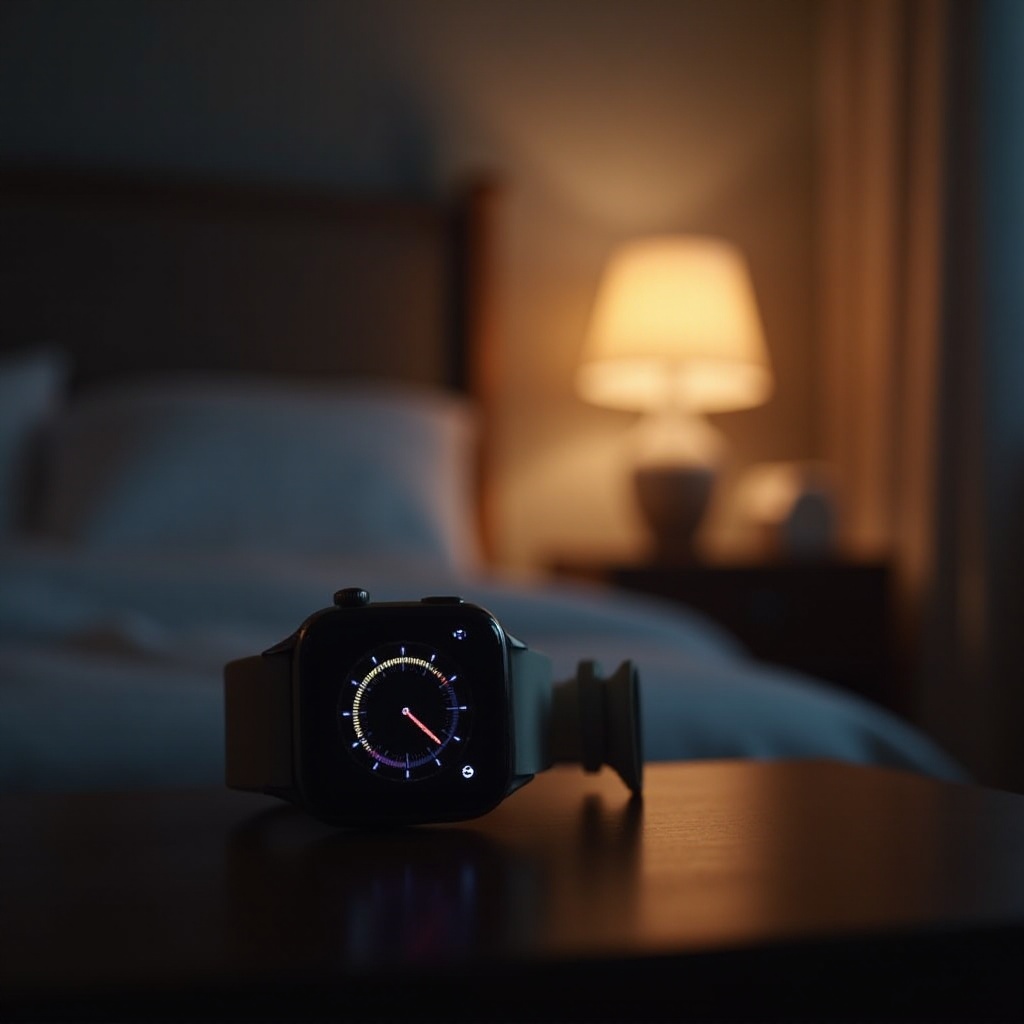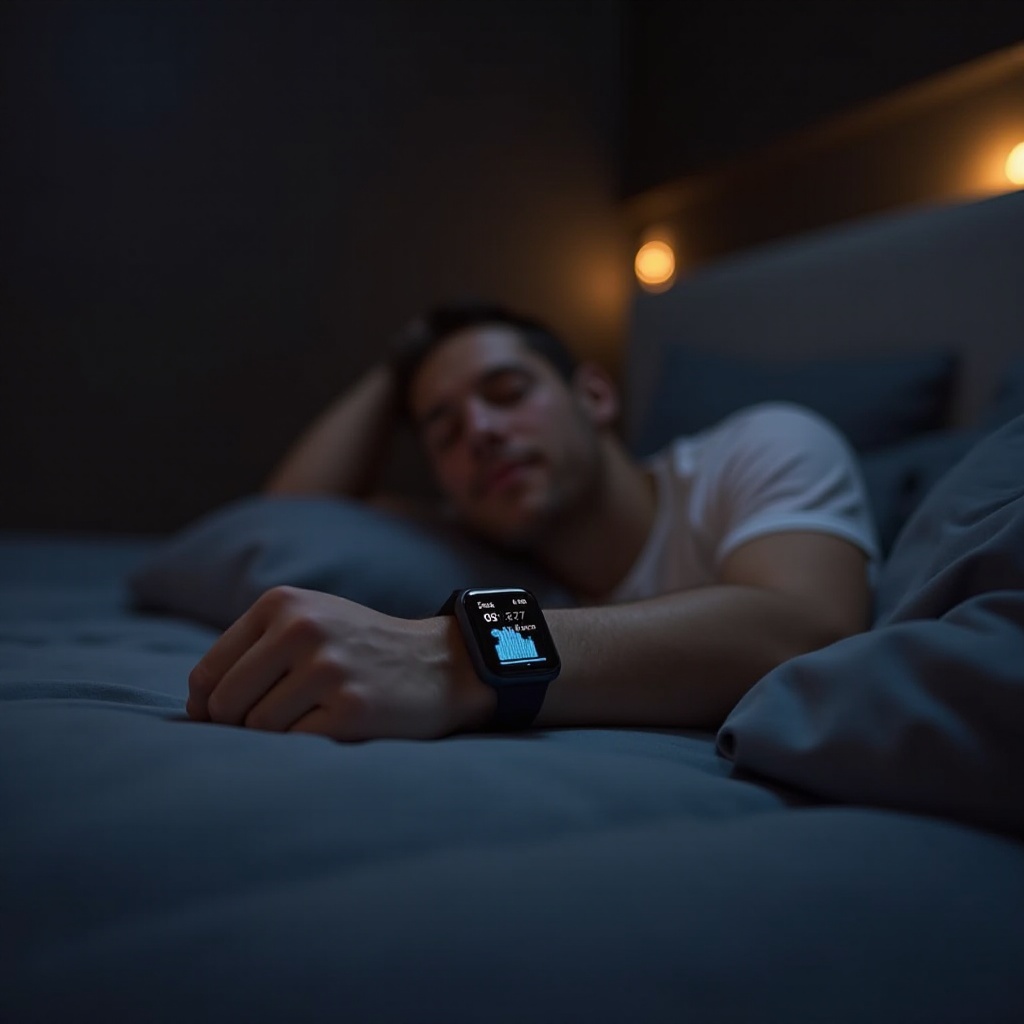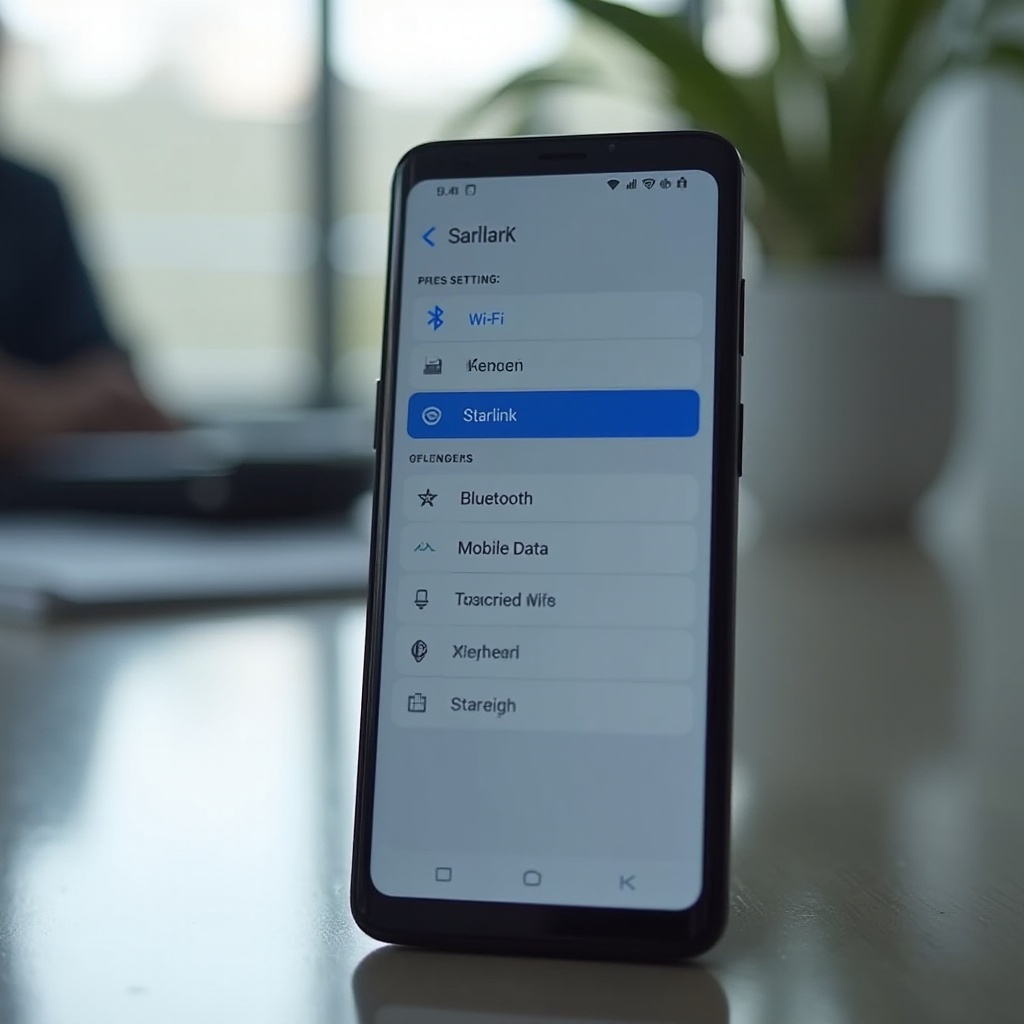How Does My Smart Watch Monitor My Sleep?
Introduction
Smartwatches have become indispensable gadgets for tracking various health metrics, including sleep. Understanding how they monitor sleep can enhance how you use this feature to improve your sleep quality. This blog explores the intricacies of sleep monitoring technology in smartwatches, covering everything from the basic sensors used to the accuracy and limitations of the data collected. Let’s delve into how these tiny devices offer a window into our nightly repose.

Understanding Sleep Cycles and The Importance of Monitoring
Sleep is a complex physiological process that undergoes cyclic patterns throughout the night. These patterns, known as sleep cycles, comprise different stages like light sleep, deep sleep, and REM sleep, crucial for various bodily functions, including memory consolidation, cellular repair, and mental well-being. Monitoring your sleep can offer insights into the quality of your sleep and help identify potential sleep disorders like sleep apnea or insomnia.
Knowing your sleep patterns can assist in setting better sleep routines and making lifestyle changes that contribute to better overall health. With accurate data on your sleep cycles, you can take actionable steps to improve your sleep quality, boosting your daytime productivity and mental health.
The Technology Behind Smartwatch Sleep Tracking
Smartwatches are equipped with several advanced sensors that make sleep tracking possible. These sensors work together to collect a range of data while you sleep.
Core Sensors and Their Functions
Most smartwatches use a combination of accelerometers and heart rate sensors. The accelerometer detects movement and can determine periods of wakefulness based on restlessness. The heart rate sensor measures fluctuations in your heart rate, which tend to change during different sleep stages. Some high-end models also include advanced sensors like SpO2 (oxygen saturation) to offer more detailed insights.
Data Collection Methods
The smartwatch collects data continuously throughout the night. Movement data from the accelerometer helps in distinguishing between light sleep and wakefulness, while heart rate variability data assists in identifying deep sleep and REM stages. All this data is processed by algorithms to create a detailed sleep report.
Tracking Different Stages of Sleep
Smartwatches can differentiate between various stages of sleep, each of which serves a unique purpose in the overall sleep architecture.
Light Sleep
Light sleep accounts for most of your nightly slumber. It is a transition phase between wakefulness and deep sleep. Your smartwatch uses reduced physical activity and moderate heart rate as indicators of light sleep. Light sleep plays a crucial role in mental and physical recovery.
Deep Sleep
Deep sleep, or slow-wave sleep, is the stage where the body performs significant restorative processes. Your smartwatch identifies this phase by noting minimal physical activity and steady, low heart rates. Deep sleep is vital for muscle repair and growth.
REM Sleep
REM (Rapid Eye Movement) sleep is characterized by increased brain activity and is often associated with dreaming. Smartwatches track this phase through higher heart rate variability and slight movements. REM sleep is essential for cognitive functions like learning and memory.
Interpreting Your Sleep Data and Reports
Once the smartwatch has tracked your sleep, it compiles the data into a comprehensive report.
Key Metrics to Look For
Your sleep report will usually display several metrics like total sleep duration, time spent in each sleep stage, and periods of wakefulness. Some smartwatches also offer insights into sleep consistency and interruptions.
Understanding Your Sleep Score
Many smartwatches provide a sleep score that summarizes the quality of your sleep. This score is typically based on factors like duration, sleep stages, and restfulness. Understanding this score can help you assess your sleep health and make necessary adjustments.
Accuracy and Limitations of Smartwatch Sleep Tracking
While smartwatches offer valuable insights, they are not foolproof.
Their accuracy can vary based on the sensitivity of the sensors and the algorithms used. Even the best devices can sometimes misclassify sleep stages due to external factors like stress or irregular heart rates. It is essential to understand these limitations and not rely solely on smartwatch data for diagnosing sleep disorders. For serious concerns, consult with a healthcare professional.
Benefits and Practical Applications
The advantages of using smartwatch sleep tracking extend beyond mere monitoring.
With the data gathered, you can implement specific changes that can significantly improve your sleep quality.
Practical Tips Derived from Sleep Data
With accurate sleep data, you can identify patterns and triggers affecting your sleep. For instance, recognizing periods of restlessness can help you make environmental changes, like reducing light and noise. Additionally, you can optimize your routine by setting a consistent bedtime and avoiding caffeine or heavy meals before sleep.

Conclusion
Understanding how your smartwatch monitors your sleep can empower you to take control of your sleep habits and overall health. By leveraging technology, you can obtain valuable insights and make informed decisions for better sleep quality.
Frequently Asked Questions
How accurate are smartwatches in tracking sleep?
Smartwatches offer reasonably accurate sleep tracking but are not a substitute for professional medical devices. Their accuracy improves with better sensors and algorithms.
Can a smartwatch replace a professional sleep study?
No, smartwatches can provide valuable insights but cannot replace comprehensive sleep studies performed by healthcare professionals, which offer precise data necessary for diagnosing sleep disorders.
How can I improve the accuracy of my smartwatch’s sleep tracking?
Ensure a snug fit on your wrist, calibrate the device correctly, and follow the manufacturer’s guidelines for optimal results. Avoiding irregular heart rates and maintaining consistent sleep habits also help.


